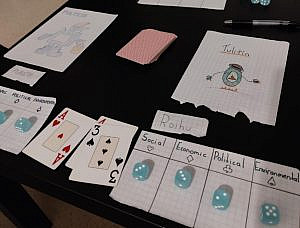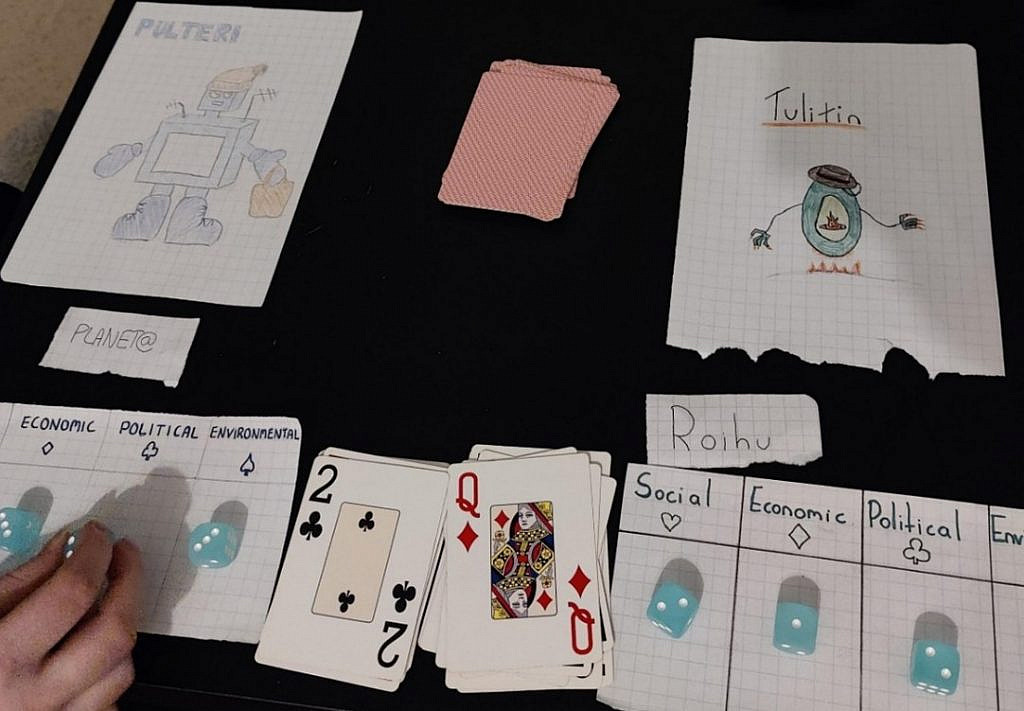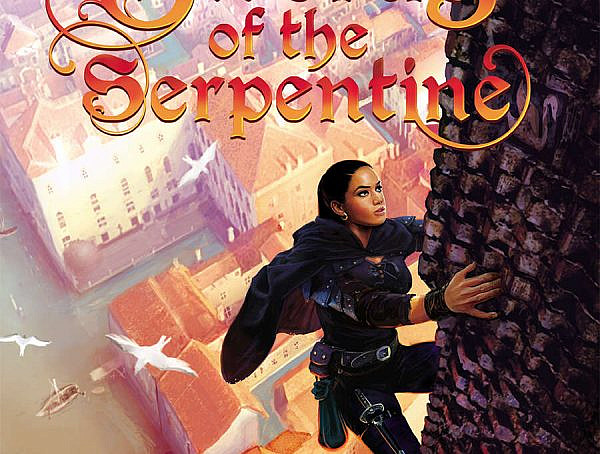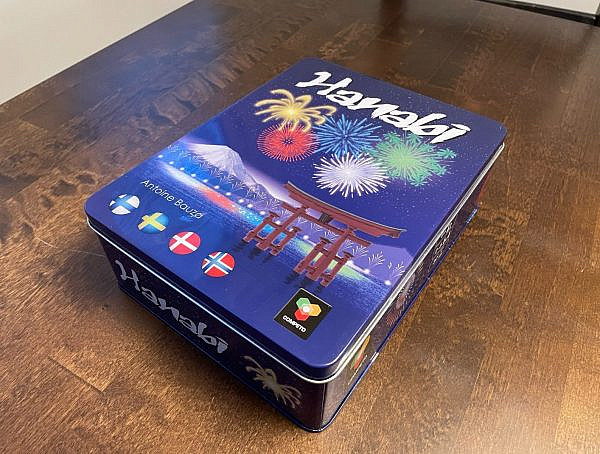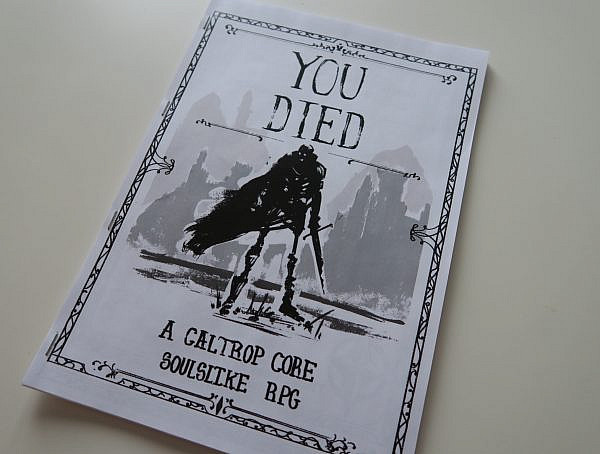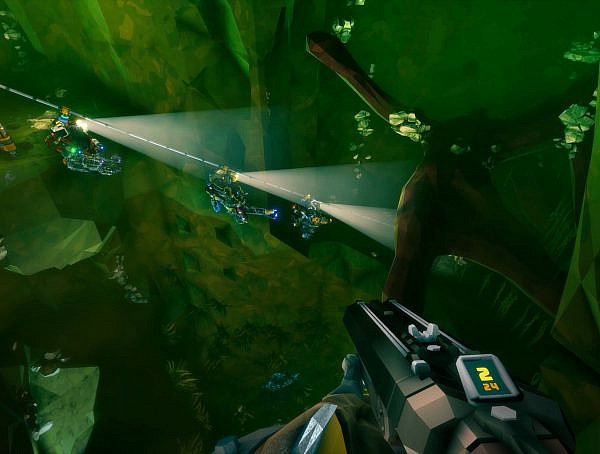Forests fighting back, citizens creating armies, people burning their money and politicians getting back to life. Imagination ran freely when we tried our first tabletop role-playing game (TTRPG) called Sad Robot. However, I have to admit right in the beginning that we ended up leaving the game unfinished after it became too repetitive.
In Sad Robot you and your friends tell a story about what robots see in different colonies. Each player creates the robot through whom they tell the story. The game’s idea is that you are sent to observe, record and report what happens in a colony. This was probably the part we enjoyed the most. Just drawing a robot and coming up with fun ideas for their names or looks, as well as backstories. As I now check the rules again, I came up with the realization that drawing your robot wasn’t even needed, but we did it anyway.
You need some six-sided dice, a deck of cards and two to four players. Somewhere to take notes would also be very useful, at least that’s what we thought afterwards. If you forget what has already happened in your colony it might be hard to come up with continuation and good reasons as to why anything happens.
Your colony has four different areas where stability is measured. They are social, political, economic and environmental. These can have a stability from one to six. One means that the colony is at the brink of collapse and six means very good stability. You play with a deck of cards, where different suits and numbers indicate whether the colony you follow develops for better or worse. You use the dice to keep track of the current stability. For example, if you play a card 2♥ then you can add two to the colony’s social stability, meaning something good has happened that increases the social factors. There are also cards indicating that one stability raises and other decreases while some just decrease stability or might even destroy one. While playing the card you narrate what has happened and how it affected the colony.
As said, we found the preparation more fun for us than the game itself. The beginning was entertaining when we came up with the first events for your colony. Our stories included, for example, a fight against a forest which led to the forest fighting back and then growing over the city. There was also a politician coming back to life to stabilise the situation in the colony just for them to be killed again.
However, we weren’t sure how to describe the events and how long to make the story. With only two players it felt like you needed to come up with something new every minute and the pace the cards were played felt rushed. Also going overboard with your descriptions led to expectations that something big would happen every time the colony increased or decreased in stability. Maybe there were too many cards for us, or we didn’t completely catch the idea behind the storytelling aspect because it became one great event after another, and it sounded chaotic. After all, I think role-playing games need practice the same way any other game does and maybe this wasn’t the right one for us to start with.
Basic info:
Designer: Marcus Shepherd
Publisher: Blue Golem Games
Release date: July 2019
Photos: taken by the author
Exploration enthusiast who has a bad habit of speed-running new content to see it all. Preferably playing action-adventure RPG’s but sometimes she can be found arguing with friends in co-op puzzle games or trying horror games with eyes closed.
You might also like
More from Game Reviews
Mining, Mayhem, and Bugs: A Deep Rock Galactic Review
Fight monsters, mine riches, and cause chaos with your dwarf crew — welcome to Deep Rock Galactic!
Microsoft Solitaire: classic games to kill time
Perhaps the most played games in offices worldwide, Microsoft Simulator is a pinacle of design from the era where games …
Reviewing Elden Ring amidst Elden Ring Nightreign hype
Elden Ring Nightreign is coming soon, so now might be a great time to take a another look at Elden …







